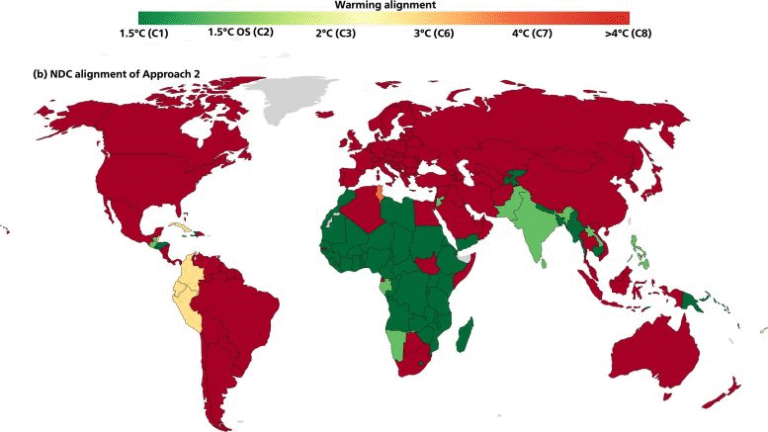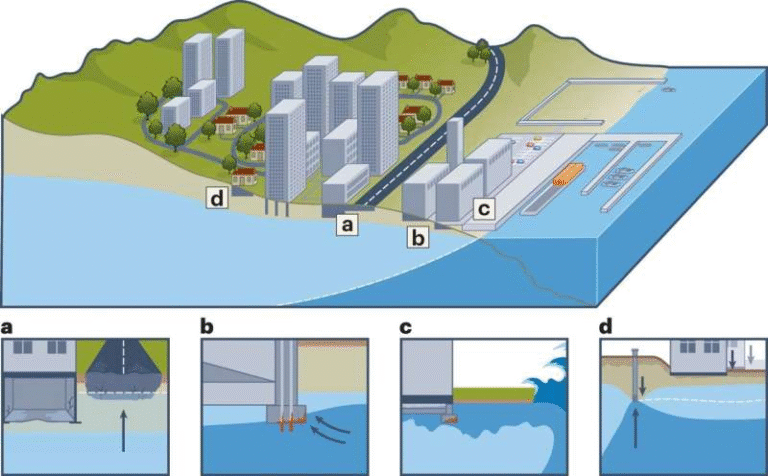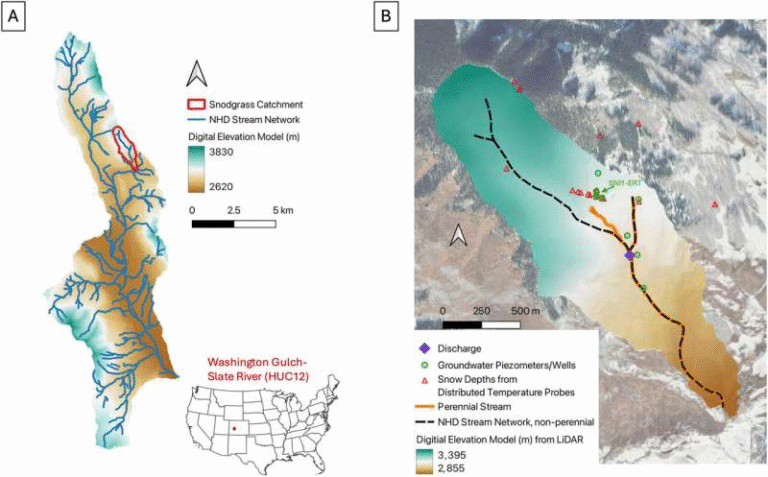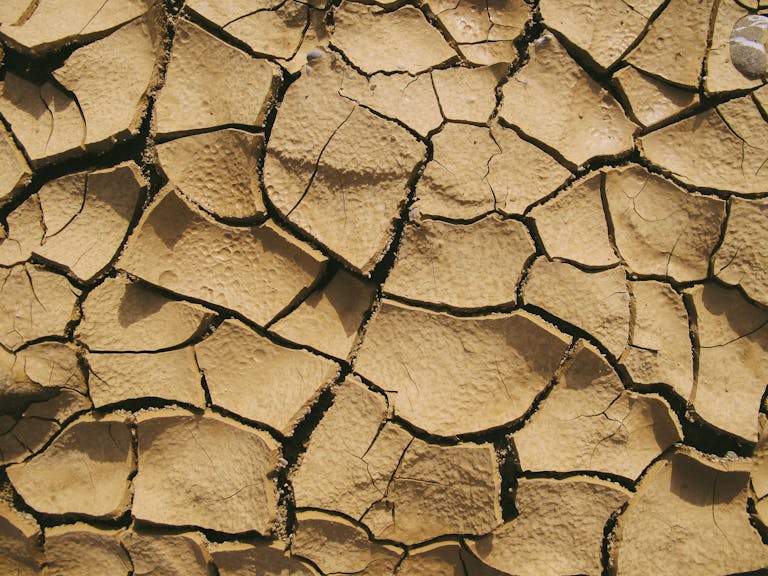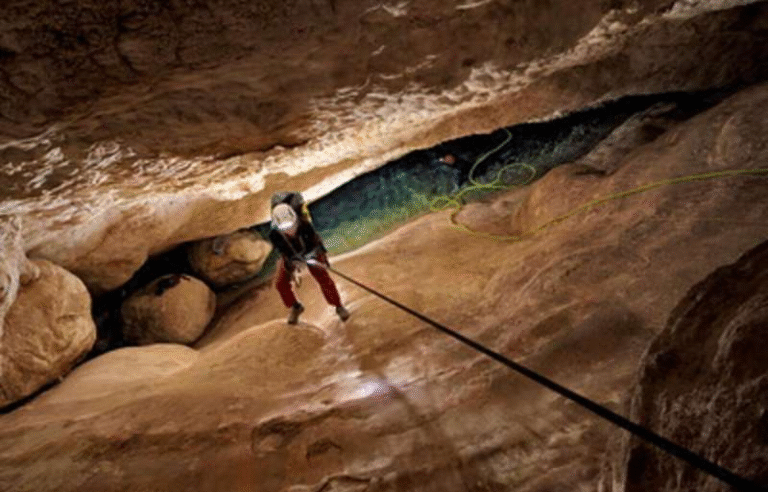New AI Technique Calculates the Force Acting on Every Grain of Sand in a Dune

Understanding how sand dunes form and move has fascinated scientists for decades. Now, a group of Brazilian researchers has developed a groundbreaking method to estimate the force acting on each individual grain of sand within a dune—something that was once considered impossible. Their approach combines artificial intelligence (AI), numerical simulations, and laboratory experiments, opening new doors for studying the physics of granular materials on Earth and even on Mars.
The Challenge of Measuring Forces in Sand Dunes
Sand dunes might look simple—just mounds of sand shaped by wind or water—but their behavior is complex. Each dune is made up of millions to quadrillions of sand grains, all interacting under the influence of fluid flow, gravity, and collisions.
In a laboratory setup, a small underwater dune can contain around 100,000 grains, each just 0.2 millimeters in diameter. Trying to measure the force on each of these grains would require placing a microscopic sensor, such as an accelerometer, on every grain—which is impossible with current technology.
The scale of the problem grows dramatically in natural environments. In a desert dune on Earth, there can be about 10¹⁵ grains (1 quadrillion), and on Mars, up to 10¹⁷ grains (100 quadrillion). Even the most advanced cameras and high-speed imaging systems can’t directly measure the forces acting on individual grains.
The Breakthrough: Merging Experiments, Simulations, and AI
The research team from the State University of Campinas (UNICAMP) in Brazil, led by Professor Erick Franklin, tackled this long-standing problem using an innovative combination of tools. Their work, published in Geophysical Research Letters, describes a technique that blends laboratory experiments, numerical simulations, and machine learning to estimate the force acting on each grain.
The focus of the study was on barchan dunes—crescent-shaped dunes with tips that point in the direction of wind or water flow. These dunes are found in a wide variety of environments: from desert landscapes and riverbeds to the seafloor and even the surface of Mars.
Despite their differences in size and timescale, the fundamental physics behind their movement is remarkably similar. For example:
- In a laboratory water channel, a barchan dune might be 10 centimeters wide and move a few centimeters in under a minute.
- In terrestrial deserts, dunes can stretch over 100 meters and shift position over the course of a year.
- On Mars, they can be as large as one kilometer and take a thousand years to migrate.
This similarity in underlying dynamics allows scientists to study small-scale dunes in the lab and apply the findings to much larger natural systems.
How the Technique Works
The researchers first conducted controlled experiments using underwater dunes. The benefit of working in water is that dune formation and movement occur much faster than in air, making it easier to record and analyze.
Then they created high-fidelity, three-dimensional numerical simulations that replicate these dunes in detail. These simulations calculate how every grain interacts with its neighbors and with the fluid flow, producing maps of the forces acting on each grain. These maps show how forces vary across the dune—something that can’t be measured directly in experiments or in the field.
Next came the key step: combining this simulation data with real images of the dunes. Each image of the dune’s surface was paired with its corresponding “force map,” creating a dataset linking dune shape to grain-level forces.
This dataset was used to train a convolutional neural network (CNN)—a type of AI model particularly skilled at analyzing images. CNNs are widely used in computer vision, facial recognition, and medical imaging because they can detect subtle spatial patterns and relationships.
Once trained, the CNN learned to predict the distribution of forces across a dune’s surface simply from an image. Even more impressively, it could generalize its predictions to dunes it had never seen before, accurately estimating forces from entirely new dune shapes.
What Makes This So Important
This method provides a new way to understand how dunes form, move, and evolve—from the micro-level motion of grains to the macro-scale transformation of landscapes. It also provides insights into sediment transport, erosion, and deposition—processes that affect rivers, coastlines, ports, and industrial systems.
The ability to estimate grain-level forces from an image has many practical and scientific implications:
- Civil and Environmental Engineering: Predicting and preventing river silting, beach erosion, and sand accumulation in ports—issues that can have large economic and environmental impacts.
- Planetary Science: On Mars, where we only have images from orbiters and rovers, this technique could help scientists estimate wind strength and direction in the past and model how dunes will evolve in the future.
- Industrial Applications: The same method could be applied to any granular material, such as salt, ice, or synthetic particles, as long as there’s a reliable simulation to reproduce the material’s behavior.
Understanding Barchan Dunes
Since the research focused on barchan dunes, it’s worth understanding what makes them special. These dunes form when wind or water flows steadily in one direction over a limited supply of loose sand. The result is a crescent-shaped dune with two “horns” pointing downwind.
The movement of a barchan dune is governed by the balance between erosion on the upwind side and deposition on the downwind side. Sand grains are lifted by the flow, carried up the stoss slope, and then slide or fall down the slip face. Over time, this continuous movement causes the dune to migrate.
What makes barchan dunes so interesting to scientists is their predictable shape and dynamics. They appear in deserts on Earth, on the ocean floor, and even on other planets, making them ideal for studying universal patterns in granular physics.
Why Granular Physics Matters
Granular materials—like sand, grains, snow, and powders—behave in complex ways. They can flow like fluids, pile up like solids, or transition between the two depending on conditions. This makes them both fascinating and challenging to study.
Granular physics is central to many industries: from agriculture and construction to pharmaceuticals and energy. Understanding how particles move and interact helps improve systems such as sand filtration, cement mixing, and powder processing.
Until now, most studies could only model or observe the motion of large groups of grains. Measuring the actual forces acting on each grain was out of reach. That’s why this new AI-driven technique is such a leap forward—it allows us to peek into the invisible world of individual particle dynamics without needing physical sensors.
Looking Ahead
The researchers emphasize that this is just the beginning. The technique still relies on simulations that must closely match real-world conditions, and variations in factors like flow velocity, grain size, and fluid type could affect accuracy.
However, as simulation methods improve and AI models become more sophisticated, this approach could become a standard tool in studying not just dunes but any system where many small particles move and interact.
By bridging the gap between simulation and real-world observation, this research demonstrates how AI can extend the reach of science into areas once thought unmeasurable. It’s a vivid example of how computational tools are transforming physical sciences—helping us better understand both the Earth beneath our feet and the landscapes of distant planets.
Research Reference:
R. F. Miotto et al., Resultant Force on Grains of a Real Sand Dune: How to Measure It?, Geophysical Research Letters (2025).
https://doi.org/10.1029/2025GL116942

